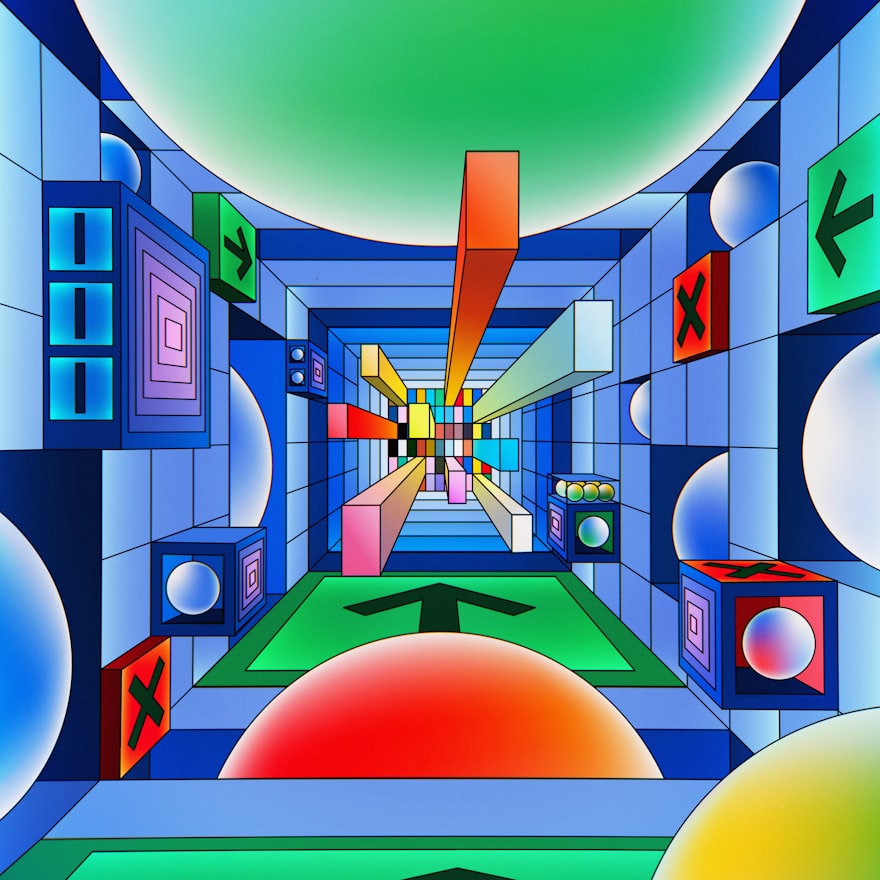Disc Golf 101

This morning, I went to a Disc Golf community training.
The instructor had 25 years of experience, and knows many of the pros who play in tournaments. He explained that the course we were at (the one near where I live, a 20-minute walk away) has historical value. It’s the first disc golf course that was built west of the Mississippi, back in the 70’s.
“Frisbee” is trademarked, so we refer to the frisbees as ‘discs’. There are 3 kinds of discs with slightly different sizes and shapes:
- Driver - goes fast and far
- Mid range - generally bigger and slower speed
- Putter - more like a regular Frisbee, used when closer to the goal
The goal is a metal basket, with chains that keep the disc from bouncing out.
The starting point is called a tee pad. The tee pads at my course were concrete slabs, with enough room for running steps before throwing.
This course was also smaller than average, with only nine holes. Driver discs would be overkill. So we only practiced with mid range and putter discs.
We learned backhand and sidearm throws for long distance. Each throw puts a different spin on the disc, causing it to naturally turn left or right.
Snapping the wrist is the most important part to get spin.
The footwork can be a bit tricky, to get the hip into it as we throw.
I was grouped with a family of 4 (two parents and two brothers, around elementary school and middle school).
After we practiced short-distance throws with putters and long-distance throws with mid range discs, we did the course.
I came in 2nd place, making par on four shots and one above par on five shots.
It was fun learning a new sport. I don’t know that I will buy discs and play regularly. But at least I have the basics down should I ever go out to play with family or friends.